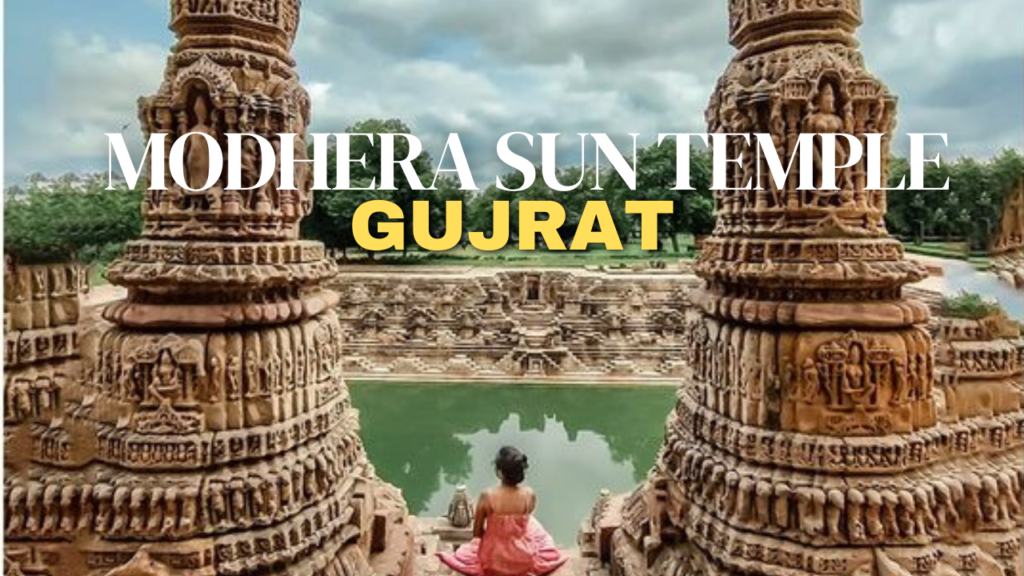Lakshmikantha Swamy Temple: A Divine Marvel in Hedathale Village, Karnataka

Explore the Miracles of Hasanamba Temple in Karnataka

The Hasanamba Temple, devoted to Hasanamba Mata, is renowned for its miraculous occurrences that have captivated countless devotees and visitors. One of the most astonishing phenomena observed within the temple is the perpetual presence of a lit lamp. This lamp, symbolizing the divine light of Hasanamba Mata, is believed by devotees to remain untarnished by time, reflecting an ongoing connection between the spiritual realm and the earthly plane.
The Majestic Wooden Chariot of Bhoga Nandeeshwara Temple, Karnataka: A Timeless Craftsmanship Masterpiece

The wooden chariot of Bhoga Nandeeshwara Temple, located in Karnataka, stands as a testament to timeless craftsmanship and religious significance. This awe-inspiring artifact dates back to the early 9th century, aligning with the Chola dynasty’s rule, a period known for its patronage of arts and architecture. The chariot, a quintessential part of the temple heritage, was meticulously carved by skilled artisans whose names often remain lost to history, yet their legacy endures through this remarkable structure.
Modern Science Fails Everyday In This Indian Temple: 8 Mysteries of Jagannath Temple Puri Revealed

The temple’s architectural grandeur is unparalleled, featuring intricate carvings and an imposing structure that draws inspiration from traditional Kalinga architecture. The temple complex houses the main shrine dedicated to Lord Jagannath, along with subsidiary shrines for Balabhadra, Subhadra, and Sudarshana Chakra, each symbolizing a different aspect of divinity. The towering 65-meter spire, crowned with the Nilachakra, a discus made of an alloy of eight metals, is a marvel in itself and serves as a beacon for pilgrims from afar.
The King Can See 32 People But Only 16 Are Visible To Queen In This Temple Of India: 16 Faced Chavadi

So keeping that problem in mind, the distance of the pillars were calculated and arranged such in a manner, that the King can see all 32 people. All his daughters and son in laws, But the queen can only see her daughters. The daughter’s husband sitting next to them were not visible to Queen. Means all seats are visible to one person but for another person only half seats are visible & half seats are not visible, even after sitting at the same place. From the built lay out of the hall only the 16 daughters could be seen but the sons-in-law were veiled by the pillars of the hall or chavadi. This is the specialty of this 16 faced chavadi.
Architectural Wonders Other Than Halebidu Temples: The Majestic Itagi Mahadev Temple in Koppal, Karnataka

Though credit is given to the Hoysalas, for perfecting the art of temple building, but do you know that the first advances were made by the Chalukyas of Kalyana. The Kalyana Chalukyas were the first to use soapstone as the main material. Till then temples were built with sandstone. Art historian Henry Cousens described this monument as ‘the finest in Kannada country after Halebidu’. When it comes to ancient temples, India is a treasure trove of architectural wonders. One such gem is the Itagi Mahadev Temple, located in the quaint town of Itagi in Koppal district, Karnataka.
Uncovering the Mysteries of Modhera Sun Temple: A Masterpiece of Ancient Indian Maru-Gurjara Architecture

The Sun Temple of Modhera was constructed during the reign of Bhima I of the Chaulukya dynasty. In 1024-1025, Bhima’s kingdom was invaded by Mahmud of Ghazni, and a group of around 20,000 soldiers attempted to stop his advance at Modhera, but were unsuccessful. The shrine proper of the Sun Temple was built after this invasion. An inscription “Vikram Samvat 1083” is found on a block in the western wall of the cella, which corresponds to 1026-1027 CE. The inscription is upside down, which suggests that the cella was destroyed and reconstructed. However, due to the position of the inscription, it is not considered as the date of construction. On stylistic grounds, it is known that the Kunda with its corner shrines was built earlier at the beginning of the 11th century.

